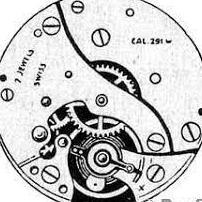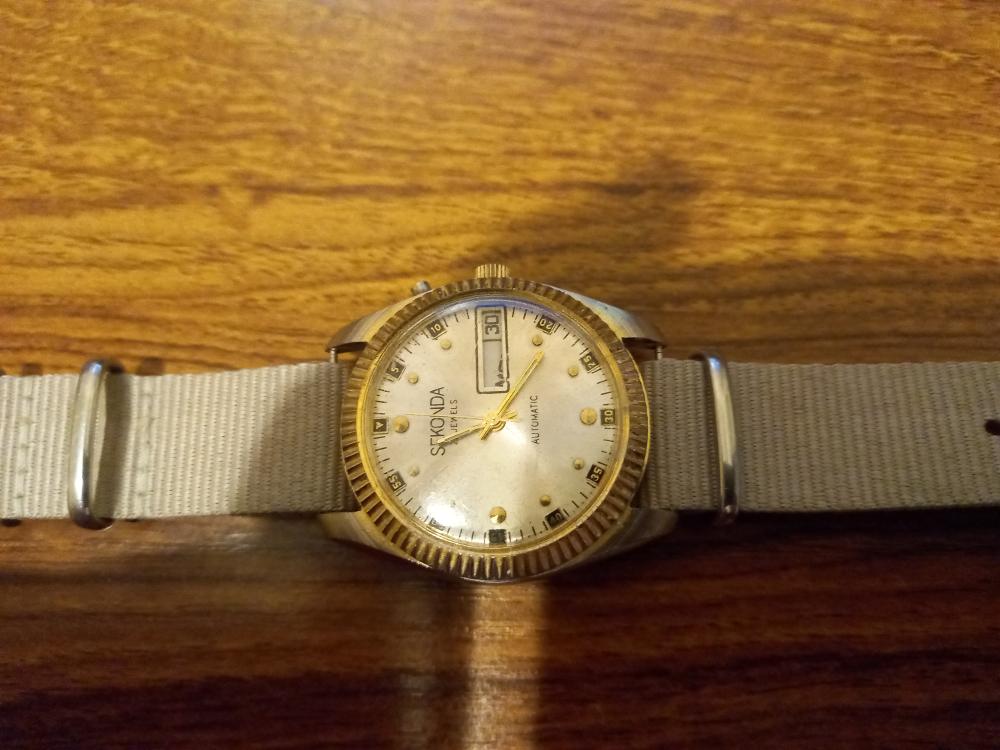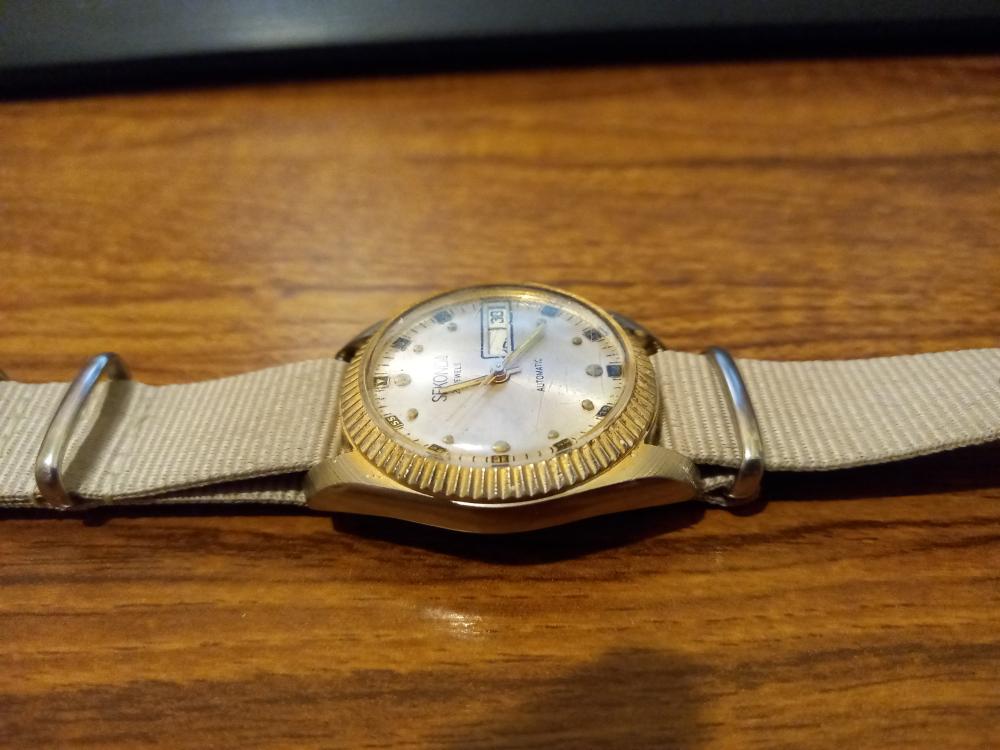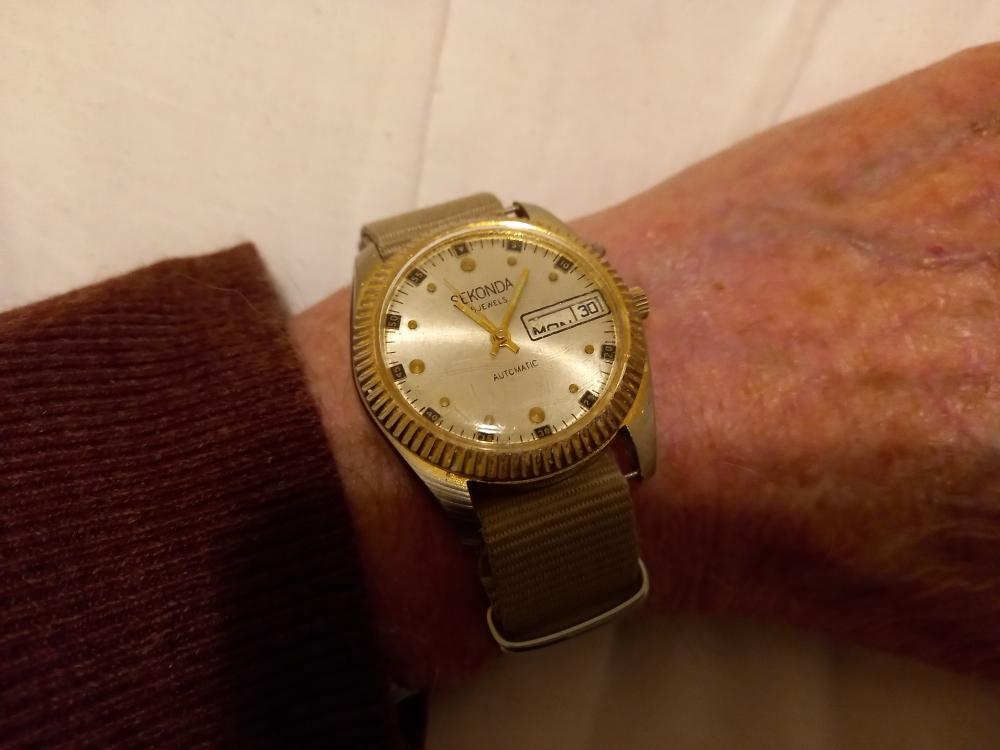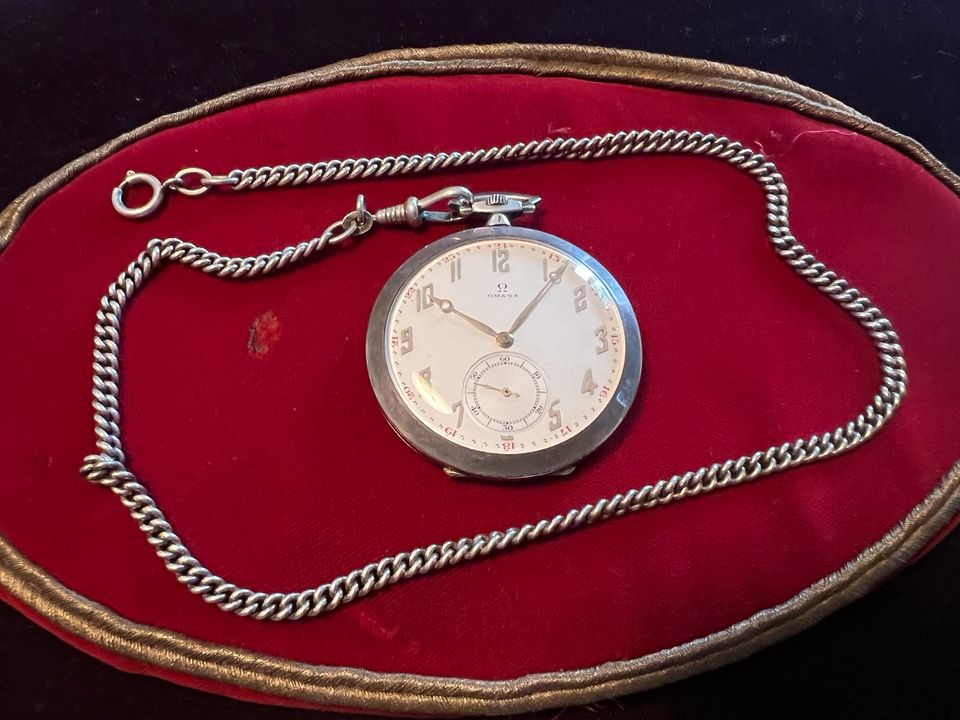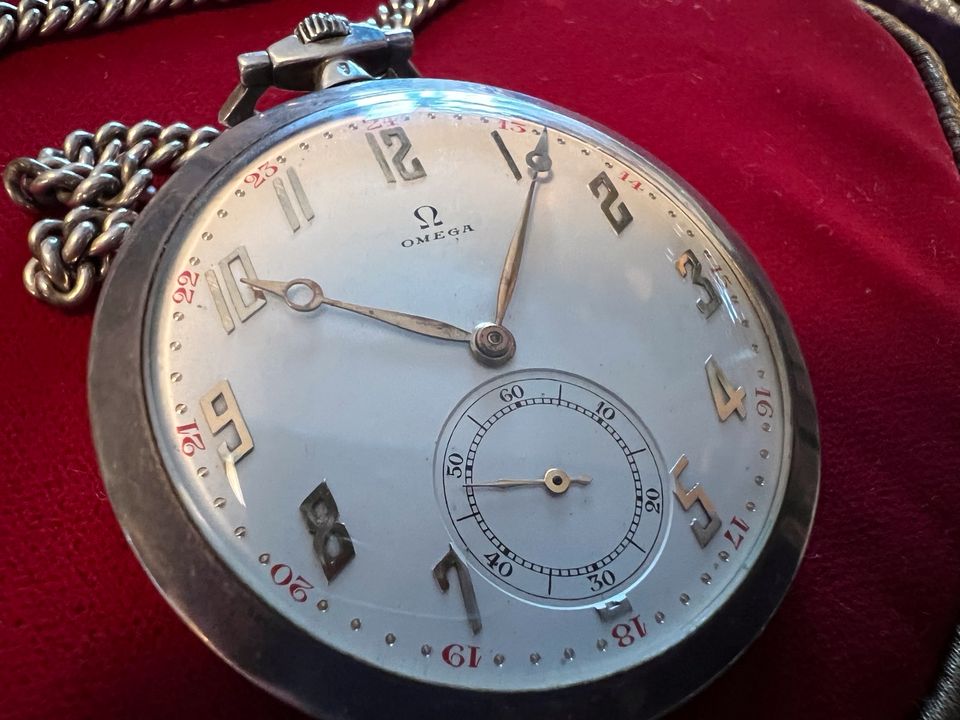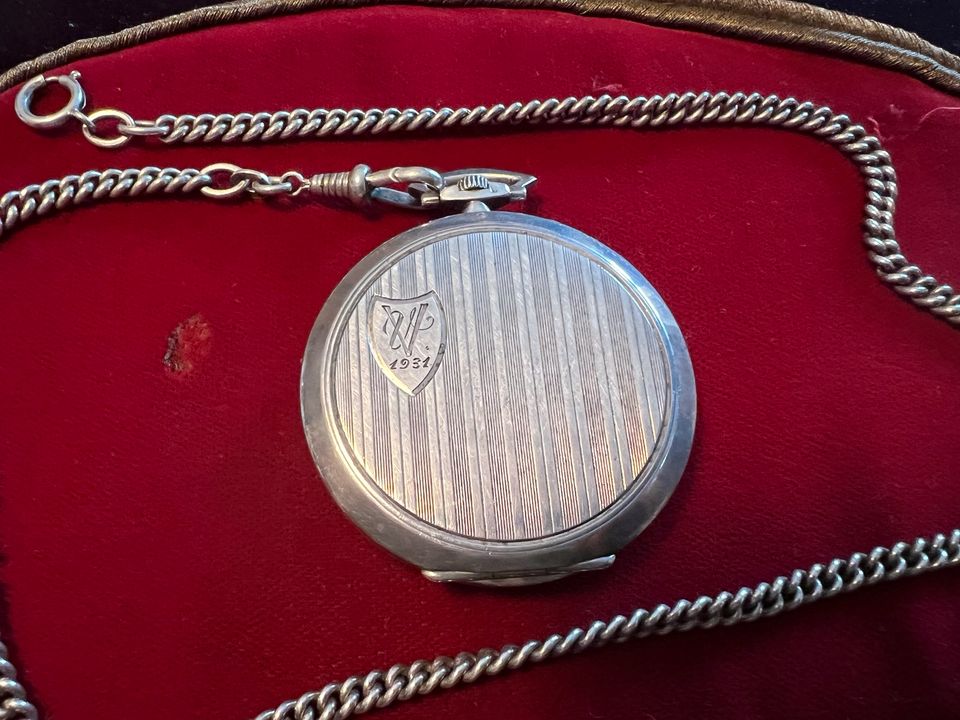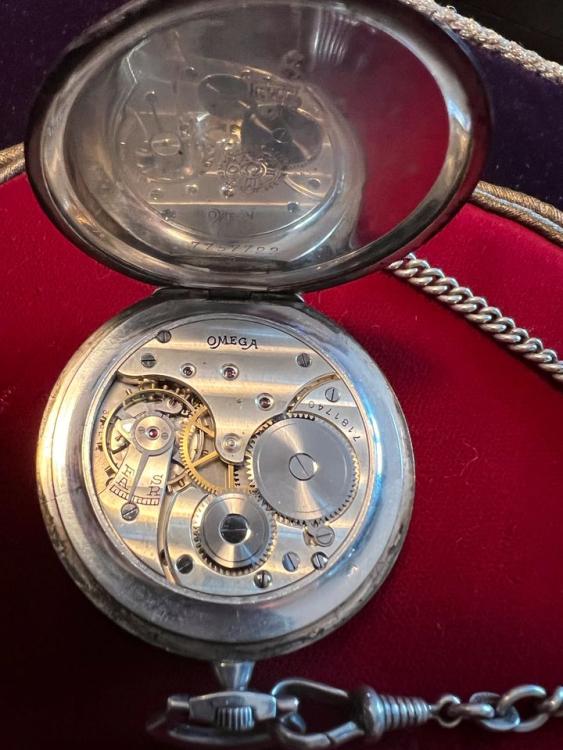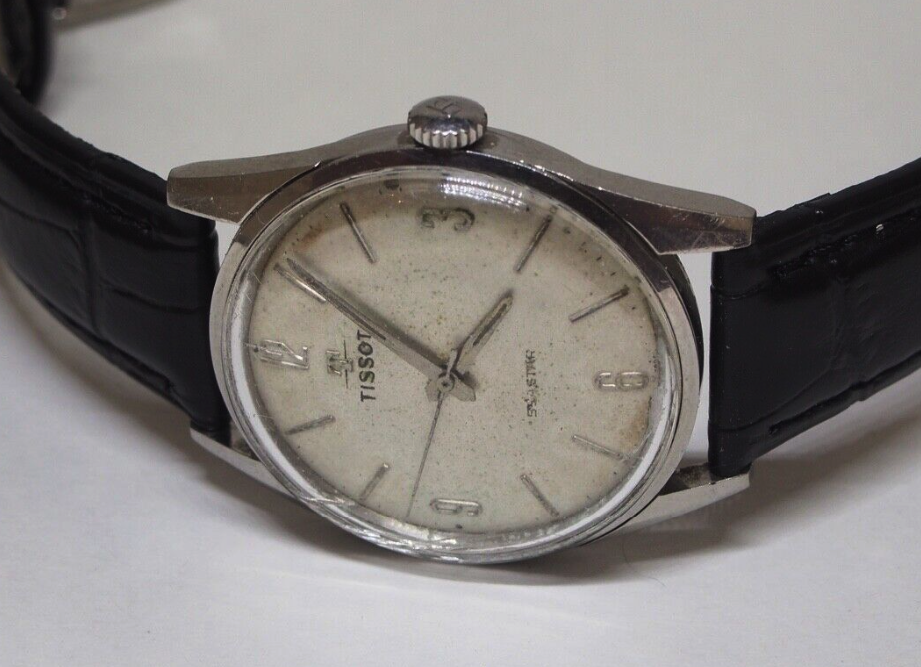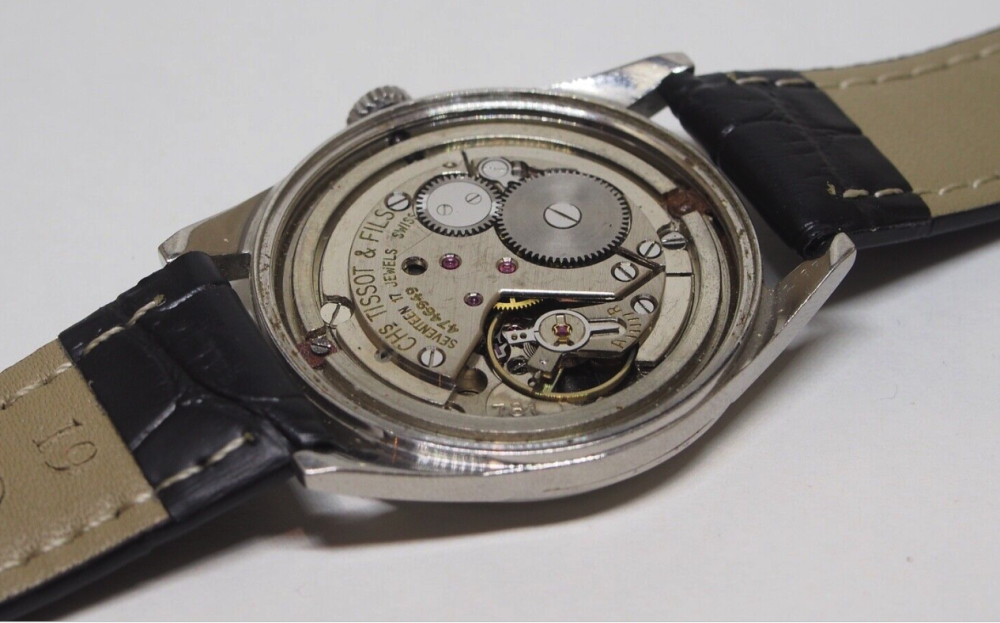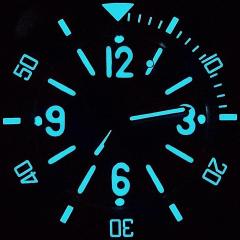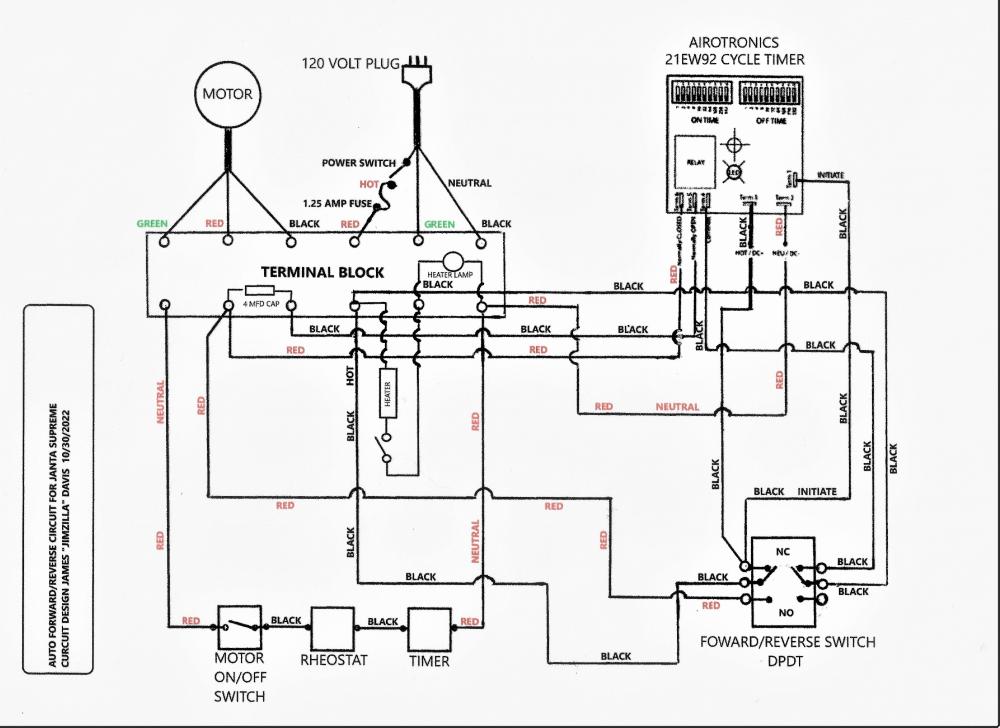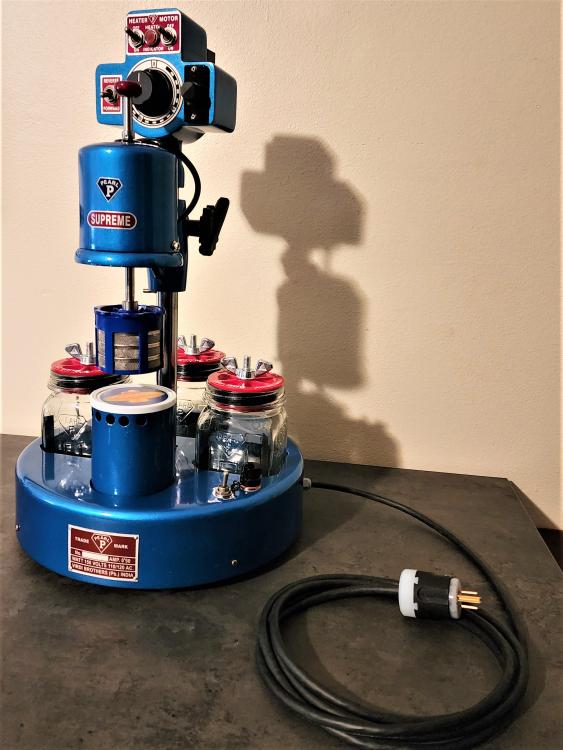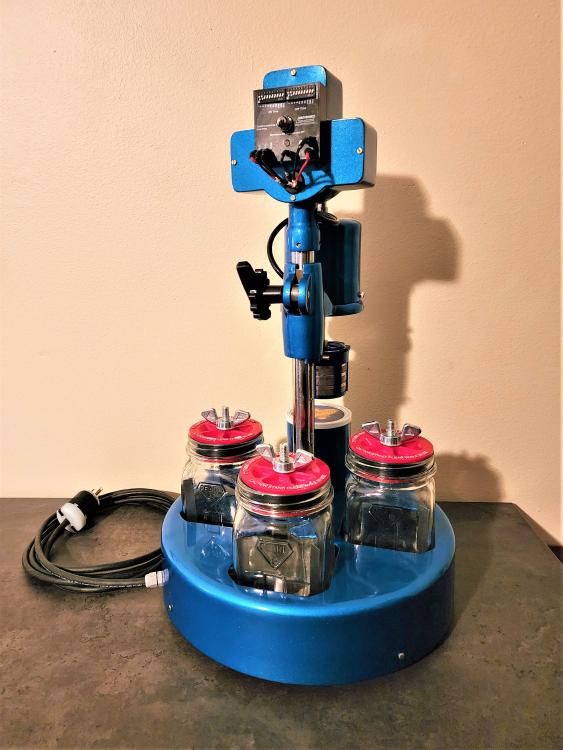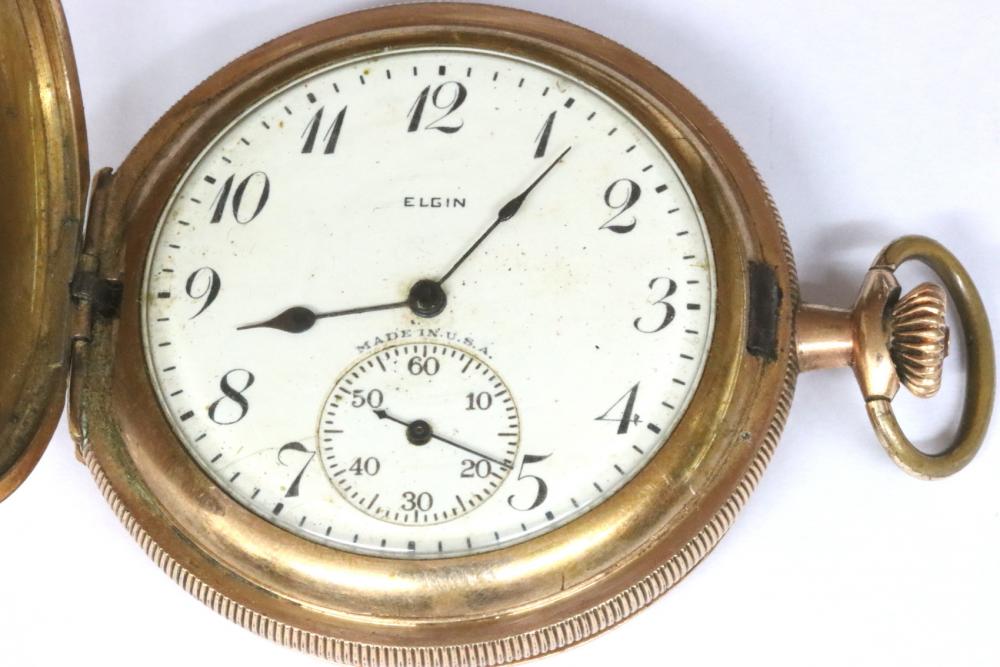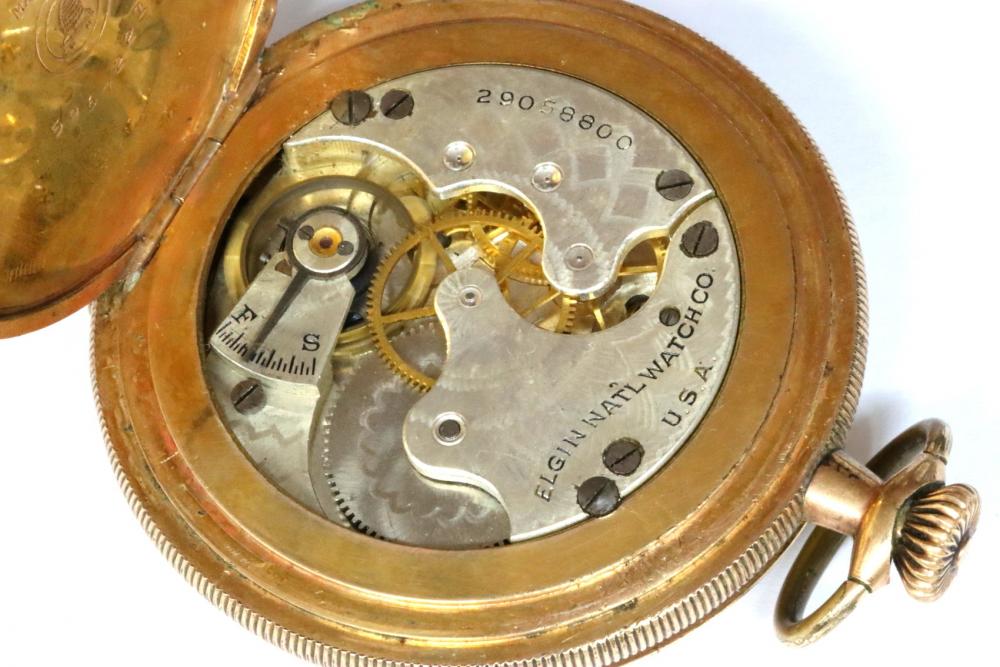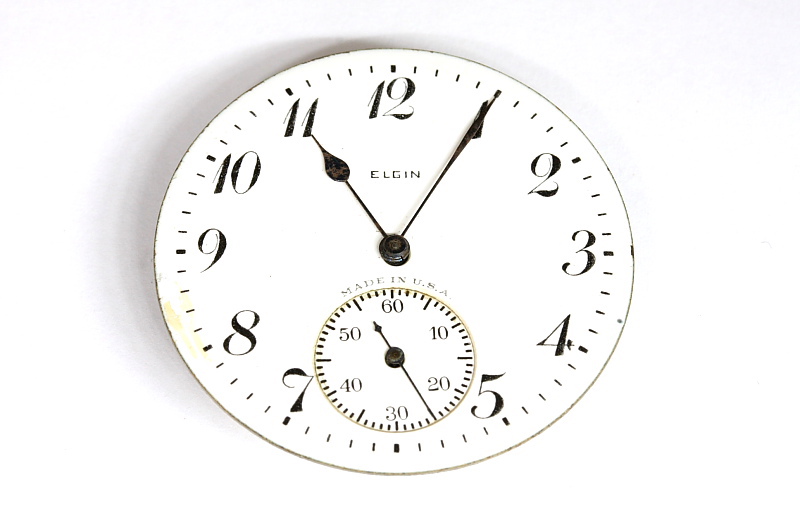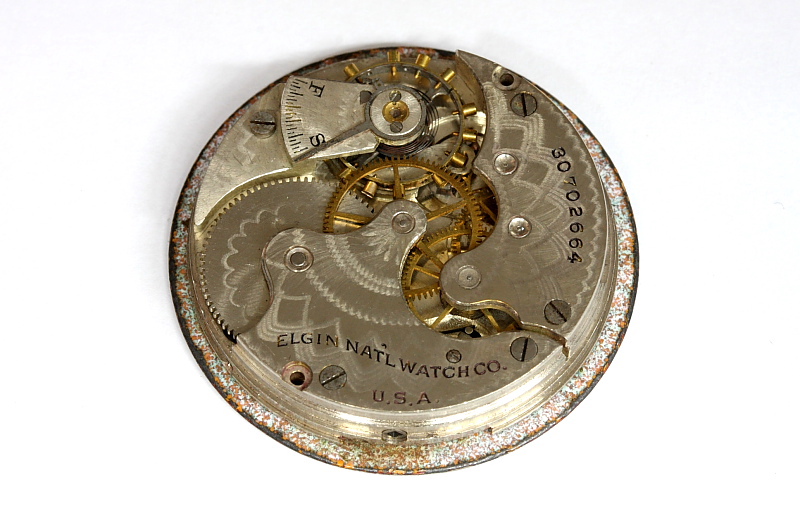Leaderboard
Popular Content
Showing content with the highest reputation on 01/31/23 in all areas
-
7 points
-
I was searching for new & other challenges and I found that older, but in "good" condition, pocket watches can certainly provide these. Like the 1951 Molnija I posted above had next to being very dirty, escapement issues; hairspring out of shape, pallet jewels and the balance wheel was grosse out of poise. To me all very interesting challenges. Anyhow, I hope to get this end 1920's silver-case Artdeco Omega, with a 35,5L-T1 movement in tip-top condition again. ETA early next week4 points
-
Taking my first plunge into the Swiss pool with a Tissot Seastar. Looks like it's legit? I hope so. Serial # indicates manufacture in 1960 and it certainly looks its age. Should get it in a couple of weeks, which will give me time to look into how to service the 781 movement. Apparently it's a runner, but we'll see. Definitely will need a new crystal from the looks, but hopefully that's it.3 points
-
Lexacat. Yes it does feel good to know I've improved enough to make consistent restores. Sekonda. Everything works ok. The date changes at 2 minutes to midnight. For some reason the day begins to change just after 2300. Day is current about 2 minutes to midnight. I'm happy at the moment. Will probably redo in the future. Next job. Seiko 6319.2 points
-
I had one like that and I ended up removing the crown fitting the stem and slotting it into the case minus the crown, then refitted the crown and managed to get enough grip to tighten the crown down with a dab of loctite.2 points
-
2 points
-
I don't know the answer to your question, but I'd like to share that I've seen the exact same thing: a "shop-bent" mainspring in a barrel designed for a "hole-end" mainspring. Can't be that uncommon then!1 point
-
Like you mean not to put oil on top of pallet fork pivots, that's true. You need to put it just on surfaces which contact with escape wheel.1 point
-
I think it will make you happy, and that is a very nice price for that catalog.1 point
-
No oil on fork PIVOTS. See above discussion, Having suspected rough surface in the fork slots I suggested oiling to see what happens, a test I often do myself. The issue turned out to be dirty horn. In conclusion , no oil on impulse jewel, as it will accumulates on the horn causing problem.1 point
-
Asking questions is fine, we are all here to learn from each other! However when asking a question, make sure to include as much information as possible so the rest of us don’t have to make so many guesses. Explain why you are observing, what you have tried and what you expect. Pictures are also very helpful. good luck!1 point
-
The line is a visual depiction of the rate. Straight across is 0s, heading down, losing, heading up, gaining. A solid line means the watch is perfectly in beat, a double line is out of beat, with the spacing relative to how much beat error there is. You should ask Witschi for a manual if you don't have one; here is a link to their "training course" with all you will need to know (used to be on their website but not anymore). Play around with your machine in the meantime: it should be set to "aut",, so it detects and sets the freqency, or "man" where you tell it the frequency. There you have it set to frequency, so it isn't giving you what you really want here- that watch's frequency is 21,600. https://www.welwynwatches.co.uk/uploads/9/1/4/3/9143536/witschi_training_course.pdf1 point
-
1 point
-
Loctite is essentially a variation of superglue. As you may know, even if superglue made it difficult to remove a crown from a stem, which it might not anyway, you can apply a little heat and remove it as usual. If you were me then, in a pinch I'd just use any form of cyanoacrylate. Just me.1 point
-
1 point
-
Hi guys, I’m following Marks course level 2 at the moment. I’m not clear at all about the cleaning by hand process, I will put my doubt underneath: I’ve got myself Zippo lighter fluid, and also Bergeron One-dip solution. It is not clear to me when to use one or the other, or if they are alternative to each other. Phases: Soak, rinse, clean by hand, rinse again...what’s the exact order to follow in cleaning by hand? In the course is said to do a rinse with fresh fluid starting with the balance assembly. Does this imply that the balance assembly is cleaned only one? Or do I do 2 rounds changing fluid, both rounds started with the balance assembly? Thanks again for clarifications and any additional tips, or the method you use to clean by hand (I will think about a cleaning machine in the future but I’ve spent already a lot of money to start with!) M1 point



